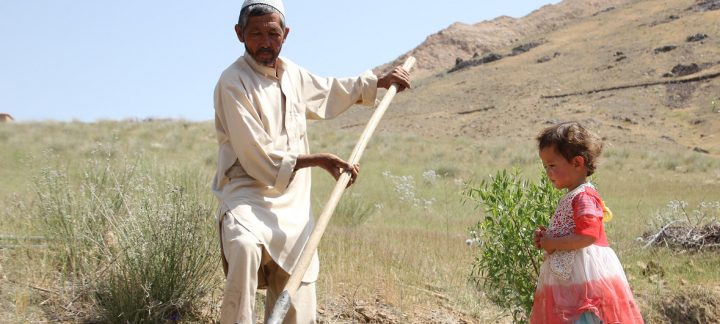In the wake of data released by the United Nations World Meteorological Organization (WMO), showing the past four years were officially the ‘four warmest on record,’ UN Secretary-General António Guterres called for urgent climate action and increased ambition, ahead of his climate summit in September.
His reaction came after WMO issued a report confirming that 2015, 2016, 2017 and 2018 were the four warmest years recorded to date.
The analysis, based on the monitoring performed by five leading international organisations, also shows that the global average surface temperature in 2018 was approximately 1° Celsius above the pre-industrial (1850-1900) baseline.
“The long-term temperature trend is far more important than the ranking of individual years, and that trend is an upward one,” said WMO Secretary-General Petteri Taalas. “The 20 warmest years on record have been in the past 22 years. The degree of warming during the past four years has been exceptional, both on land and in the ocean.”
“Temperatures are only part of the story. Extreme and high impact weather affected many countries and millions of people, with devastating repercussions for economies and ecosystems in 2018,” he said.
“Many of the extreme weather events are consistent with what we expect from a changing climate. This is a reality we need to face up to. Greenhouse gas emission reduction and climate adaptation measures should be a top global priority,” said Mr. Taalas.
Noting “with concern” this data, which was first released in November 2018, UN Secretary-General Guterres said it confirms “the urgency of addressing climate action”, and echoes the science presented by the Intergovernmental Panel on Climate Change (IPCC) in its October 2018 special report on the impacts of a global warming of 1.5°C.
The IPCC report that found that limiting global warming to 1.5°C will require “rapid and far-reaching transitions in land, energy, industry, buildings, transport, and cities” and that global net emissions of carbon dioxide, attributable to human activity, would need to fall by about 45 per cent from 2010 levels by 2030, reaching ‘net zero’ around 2050.
The Secretary-General stated that, “to make these transformations, we need to significantly increase the global level of climate action and ambition”.
In order to mobilize political will, Mr. Guterres is convening a Climate Summit on 23 September this year, focusing on nine key areas:
- Raised ambition on climate mitigation measures.
- How to manage the transition to alternative energy sources.
- Managing industrial transition.
- Coming up with solutions through agriculture, oceans, forests and nature-related environments.
- Focus on infrastructure, cities and through local action.
- Issues of climate finance, notably carbon pricing.
- Increased resilience and adaptation, especially for the most vulnerable.
- A focus on social and political drivers.
- Citizen and political mobilization.
The Secretary-General is working closely with Member States and non-party stakeholders to enable outcomes in these areas to the Summit, in order to send “strong market and political signals that can inject momentum into the race” to meet the goals of the 2015 Paris Agreement, in which countries committed collectively to limit global warming to 1.5°C above pre-industrial levels.
Informing the discussions at the Summit alongside other key scientific reports, WMO will issue the full 2018 State of the Climate report this coming March. It will provide a comprehensive overview of temperature variability and trends, high-impact events, and key indicators of long-term climate change such as increasing carbon dioxide concentrations; Arctic and Antarctic sea ice; sea level rise and ocean acidification.
It will be accompanied by UN-wide policy recommendations statement for decision-makers on the interplay between weather, climate and water supply, and the United Nations’ Sustainable Development Goals (SDGs). (SOURCE: UN News).






